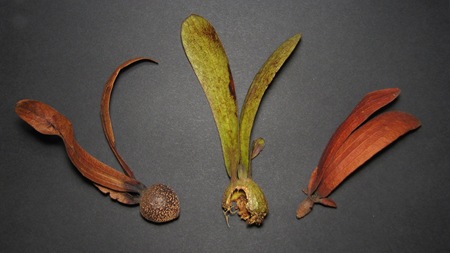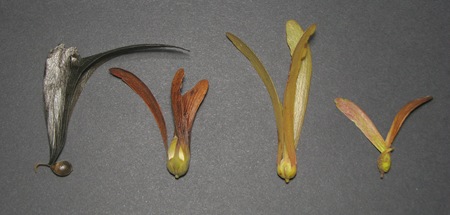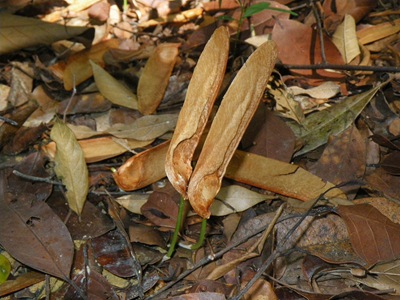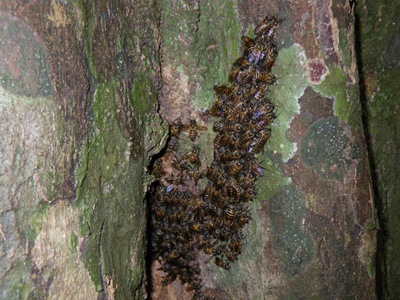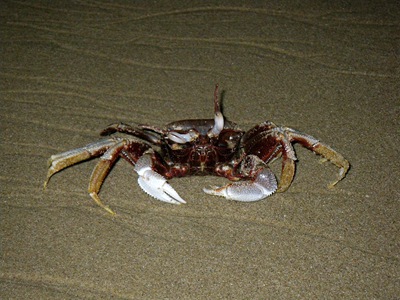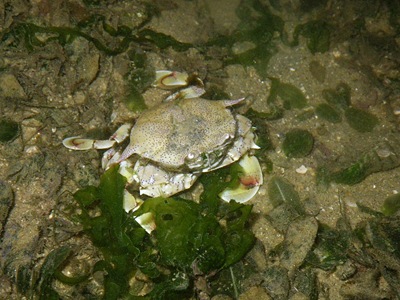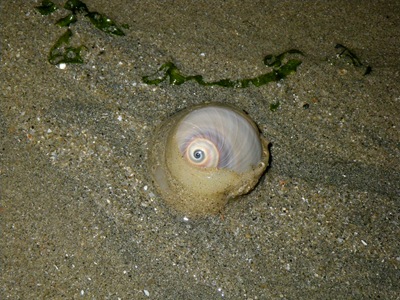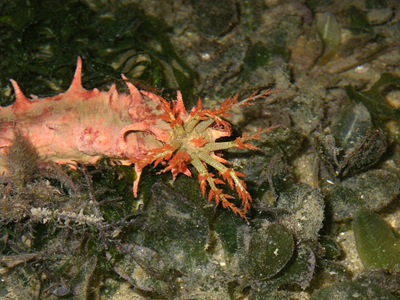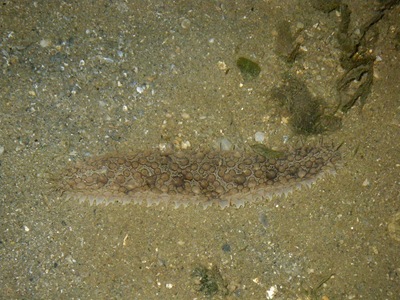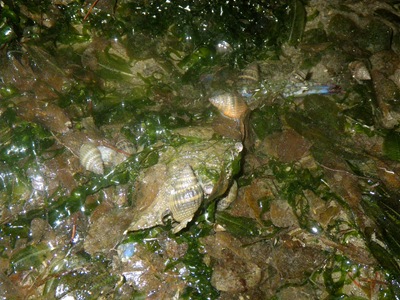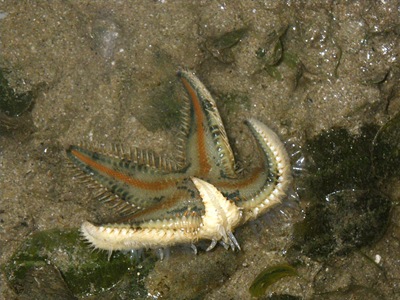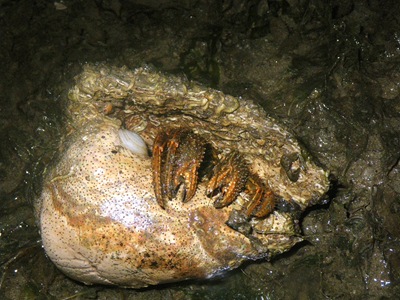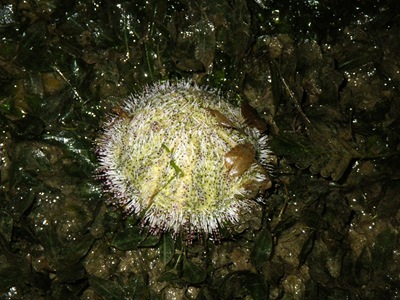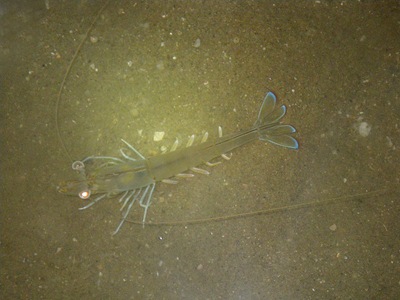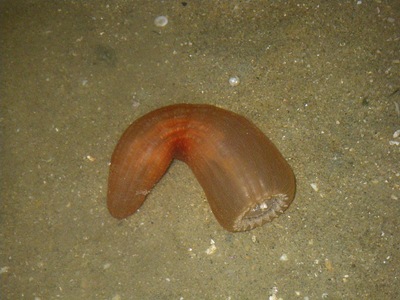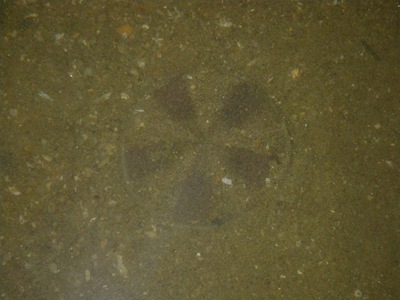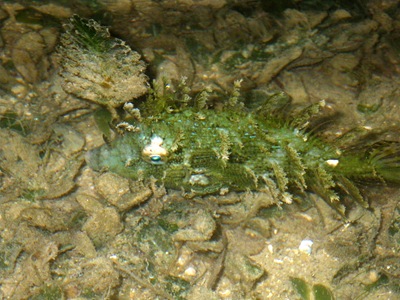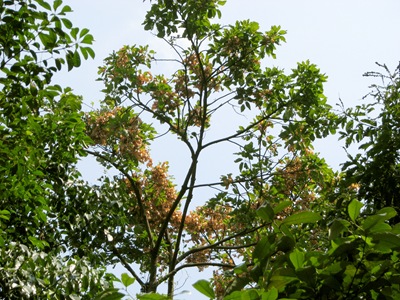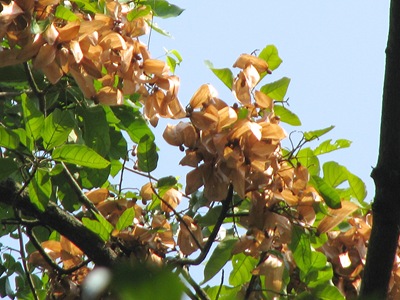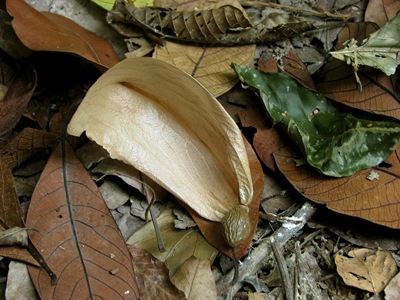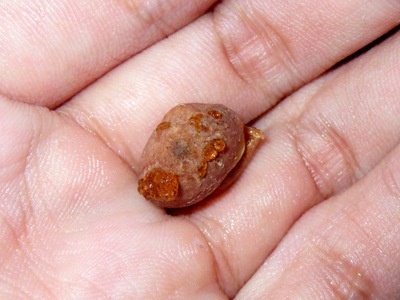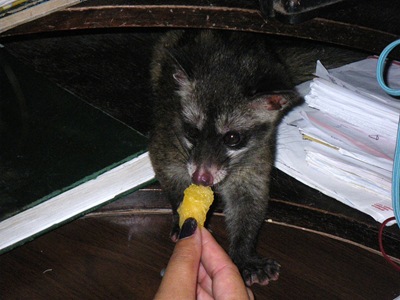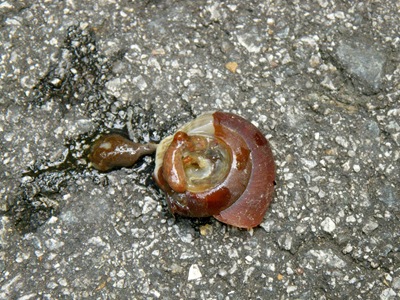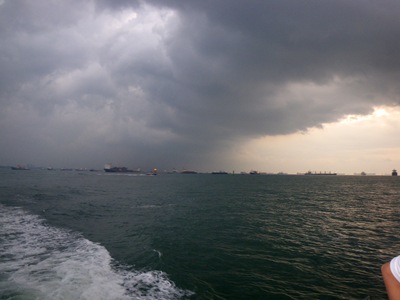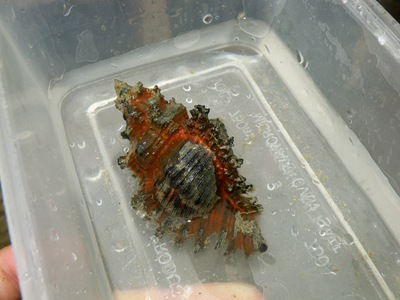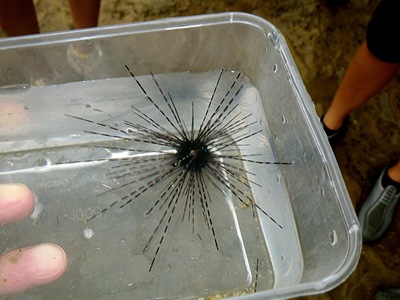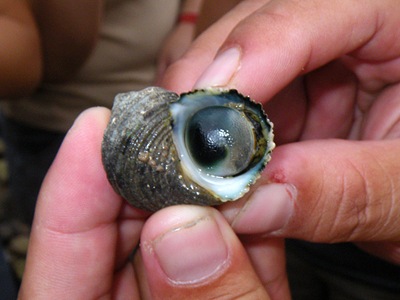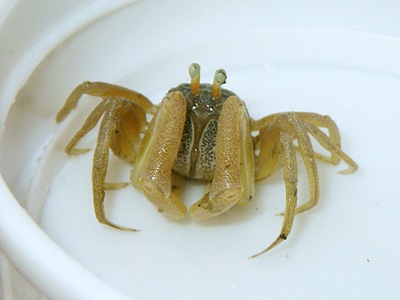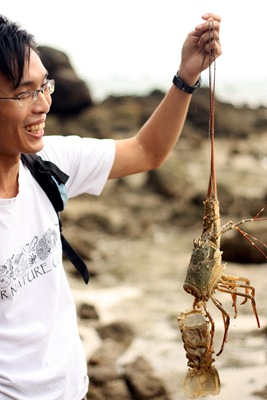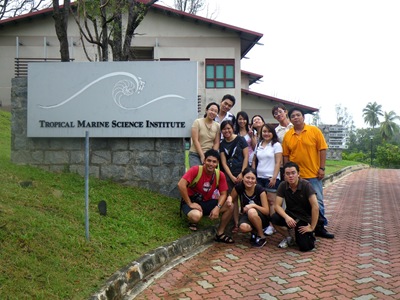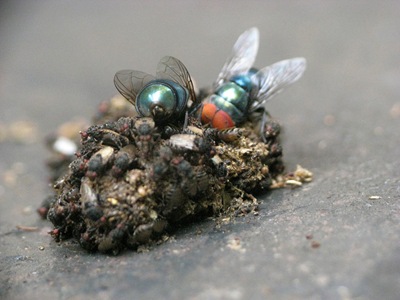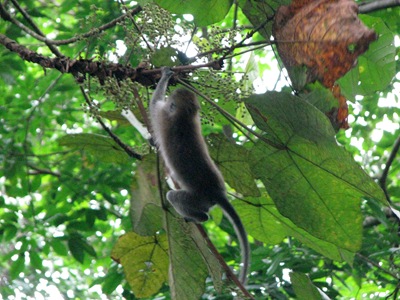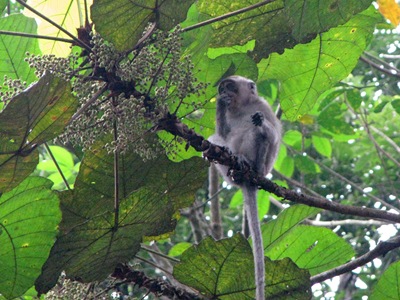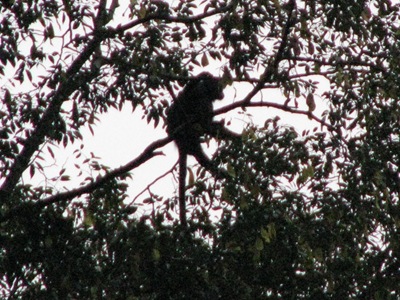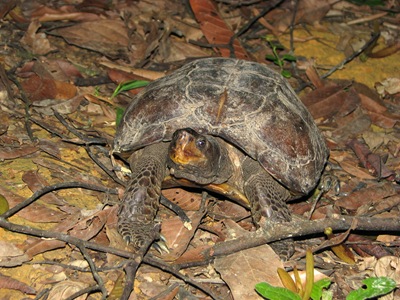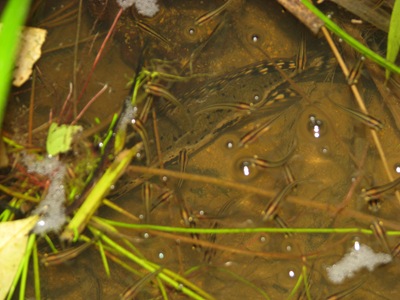A backlog only posted now as I needed help in ID-ing these forest fruits. I was helping MS again at BTNR again for his surveys two weeks ago.
It was really a good time to see lots of interestingly shaped fruits, especially the shuttlecock shaped ones. The above shows the Keruing, Dipterocarpus caudatus ssp. penangianus. Left: matured, centre: immature and seed eaten up, right: a mutated form of the fruit.
Some others, from the left, Ptericymbium tubulatum (Malvaceae), Shorea curtisii (Dipterocapaceae), Shorea leprosula, Vatica odorata (Dipterocapaceae).
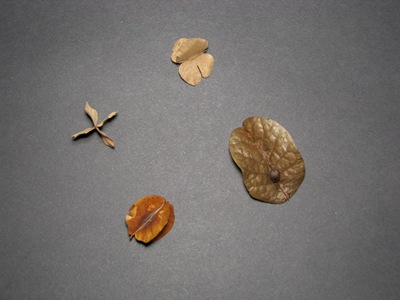
And also other intricately shaped fruits dispersed by the wind. Top & left: Pentace triptera (Malvaceae), while the other two belong to some unknown climbers.
At a particular location in the forest, it was covered with many Kokoona reflexa (Celastraceae) fruits. Some were already germinating and I found this pair looking like rabbit ears.
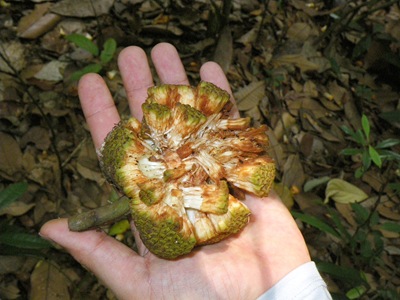
It was also the season for our native jackfruit (Artocarpus lanceifolius) and the long-tailed macaques were greedily gorging them high up the tree and throwing the leftovers on the forest floor. We had to duck carefully to avoid being bombed.

MS found this Spiny Terrapin (Heosemys spinosa) crawling slowly on the forest floor.
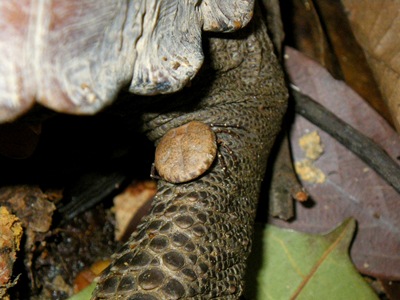
He mentioned that most of the time, big ticks were stuck on them and sure enough, there was one at the hind leg. Luckily none of those were on me during my previous horrifying tick encounter.
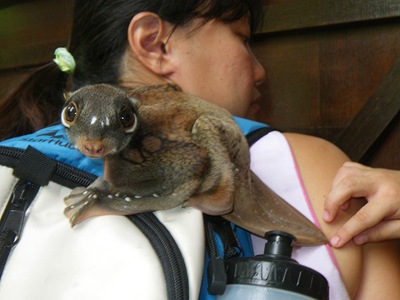
Of course, the star of the trip was when we were back at the counter. Apparently, someone had rescued a juvenile Colugo, Galeopterus variegatus and passed it to Nparks for safekeeping. Isn’t it super adorable? However, the sad news when I went back again last week was that it had refused to be fed and had died… Alas…

